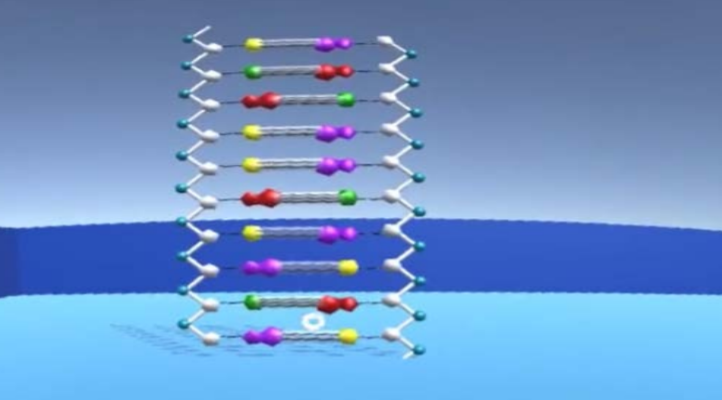LearnDNA: an interactive VR application for learning DNA structure
PubDate: April 2018
Teams: The University of Texas at Dallas,Dallas County Community College
Writers: Lakshmi Sharma;Rong Jin;Balakrishnan Prabhakaran;Murry Gans
PDF: LearnDNA: an interactive VR application for learning DNA structure

Abstract
Understanding complex concepts is known to be difficult and tedious. This complexity is very often due to lack of visual representation of abstract concepts, that cannot be easily observed. Representing these ideas in a visual Virtual Environment (VE) is a very important application of Virtual Reality (VR). This paper presents an immersive VR application for teaching students about one such complex concept of DNA structure. Building virtual environments that show the double helix structure of DNA and allowing students to interact with it, provides an illustrative and engaging experience. A crucial factor that determines usability of such systems is the correlation between actual concept and its virtual representation. Our virtual DNA structure is very similar to the actual structure, thus highlighting its complexity. This VE is built for Oculus Rift with simple clicker based manipulation and travel, to allow easy portability to other VR devices. The system also provides test based assessment to gauge students’ understanding. The evaluation of this VE was carried out with the help from a group of Subject Matter Experts (SMEs). Through their feedback, we refined system design and subject content, as well as survey questionnaires. A subsequent user study was conducted in a local community college. Students were recruited from two biology classes and offered extra credit based on results recorded by this system. The study gave pre-test prior to virtual experiment, post-test following virtual experiment and survey session after post-test.
All SMEs felt that the application was useful for learning about DNA. Comparing the pre-test and post-test performance of the students, there was an average of 40% improvement in the scores, indicating that LearnDNA was able to facilitate learning the concepts. Most students also felt that the application was engaging and fun to use.


